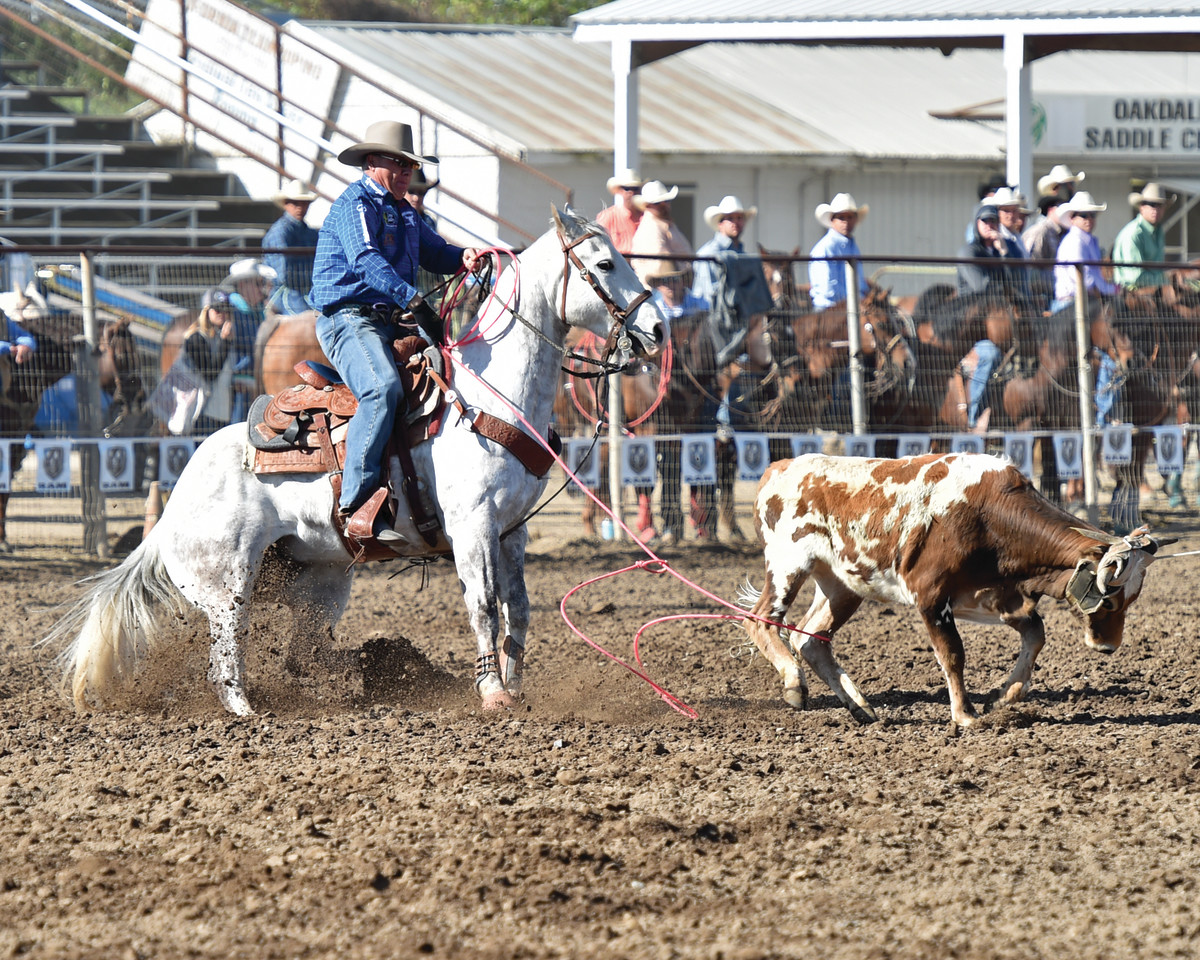We all grew up learning from the generation before us. There were certain things we were told—always turn your horse toward the steer in the box, always keep your elbow up, and always stand up in the saddle.
The mechanics of the swing has always been another area of advice. We all learned to swing rolling our rope over, rolling our wrist, and getting a lot of action to get a curl on the head loop. As a teacher, I run into these things all the time—people doing things because that’s how they’ve always been done. I then have to explain why that might not be the best thing to do when it’s diametrically opposed to the desired outcome ropers are looking for.

Roping is changing so much. On the heading side, one of the first guys who really came in and totally blew the game apart was Speed Williams. He had theories that progressed the game of heading and revolutionized reaching, when you could throw, and your ability to throw a lot of rope and still handle the steer.
[SHOP: The Champ’s Cactus Heel Ropes]
(As an Amazon Associate, we earn from qualifying purchases made through affiliate links.)
On the heeling side, Leo and Jerold Camarillo changed the game in terms of such things as timing and horse position. Then Mike Beers came in, stepped it up, and had a style that showed you could be even faster and open up a quick shot using a variation on position.
Videos and schools by guys like Jake (Barnes) and me, Walt Woodard, and Speed and Rich (Skelton) have helped take the sport to a new level. We’re all teaching kids the new methods, because that’s what it takes to win today. The old ways had their merit at the time. But the game has changed, and so have the methods. So you need to keep updating your plan.
I’ve taught hundreds of schools with Jake and Speed, and each has his own methodology on how to rope the horns. Jake’s one of the best horn ropers who’s ever lived, and he teaches people to really roll their rope over. That’s what the era before us taught us, it lets you get some action on your loop, and control your loop. It works great from close range, which is where ropers at most levels will have the best success.
Speed revolutionized reaching, and he teaches zero rollover. His theory is that rollover gets in your way. It has to be timed so perfectly in order to work, and it makes it way harder to reach because your rope can’t fly very far when you send it. Instead of flying straight and flat, it rolls out of position by the time it gets to the horns.
[MORE: Get Clay O’Brien Cooper’s Gear]
Relentless All-Around Sport Boots by Cactus Gear
It’s all about the aerodynamic factor. If a rope is thrown flat with the top and the bottom at the exact same height, it flies through the air like an airplane wing or a Frisbee. With too much rollover, it won’t fly straight and true if it has to go very far. There are some great headers of today who can turn their rope upside down, lock it into position, and swing it in a circle with zero roll. It’s no coincidence that they’re the best reachers.
The same theory applies to the heel loop. When you go to release it, you have to eliminate the roll. If you’ll lock your wrist and swing your loop around in a circle without much rollover, you can keep the bottom of your rope in a position that’s easy to use for your catch.
It’s possible that, over time, the things the elite guys of today—like Kaleb Driggers and Jade Corkill—are doing and teaching may eventually become obsolete, just as a lot of the old golden rules have fallen by the wayside. We’ve all got to keep challenging ourselves to keep an open mind to new things that may work even better.










